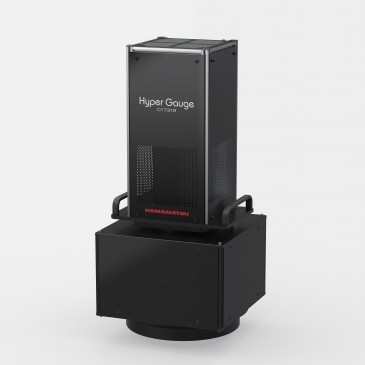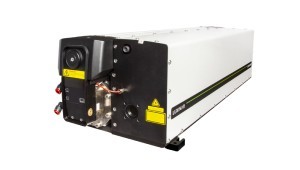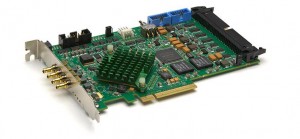
While GigE Vision, Camera Link, Firewire, and USB3 Vision interfaces continue to satisfy the needs of low- to mid-range machine vision applications, they limit further performance gains in the age of the Industrial Internet of Things (IIoT) and robotic automation. Designers of high-throughput, multi-camera machine vision systems have grown dissatisfied with those aging standards. They've crowned a new champion, CoaXPress (CXP), a high-speed, point-to-point, serial communications interface that runs uncompressed data over off-the-shelf 75Ω coaxial cables. CoaXPress is the only open and royalty free standard that allows video, camera control and triggering, and up to 13W of power to be delivered via a single, off-the-shelf 75Ω coaxial cable up to 100m with standard BNC, Micro BNC or DIN1.0/2.3 connectors.
First introduced in 2008 by the CoaXPress Consortium, the original version of CXP supported a maximum data rate of 6.25 Gbps, or approximately six times faster than GigE Vision and 40 percent faster than USB3. Version 2.0 of CXP has added two more speeds: 10 Gb/s (CXP-10) and 12.5 Gb/s (CXP-12) that ideal for supporting higher resolution cameras at double the speed of the original CXP, without the complexity and cost of multiple cables and connectors, and in a platform that is easily adapted and scaled to meet rapidly changing technology requirements.
Besides blazing speed, integrators greatly value CXP's support of cable distances of 100 meters and beyond, operating at different speeds and/or resolutions. CXP offers greater flexibility for system integrators who previously were handcuffed to a few meters if using Camera Link or USB3.
CoaXPress Transmission Distances (Data Rate and Maximum Distance)
- 1.25 Gbps (CXP-1): 105 meters
- 3.75 Gbps (CXP-3): 85 meters
- 6.25 Gbps (CXP-6): 35 meters
- 12.5 Gbps (CXP-12): 25 meters
If distances are insufficient, users could deploy thicker coaxial cables. Additionally, CoaXPress has the ability to be repeated over coax or transmitted over fiber optics.
Another big plus to CXP is that uncompressed data, power and low-speed uplink are all simultaneously distributed over a single cable, greatly reducing complexity and potential points of failure. Also, since many legacy security, broadcasting, and surveillance systems use analog cameras, these systems can easily be upgraded with CXP-enabled cameras without the need to replace the entire cabling infrastructure. Coaxial cables have inherently excellent protection against electromagnetic/ radio frequency interference, reducing risks of downtime or latencies. Finally, CXP is supported by GenICam, an application programming interface standardized by the European Machine Vision Association. Widely adopted by many industry partners, GenICam accelerates and simplifies application development or upgrading components.
Multi-camera systems
Multi-camera architectures are widely used in industrial inspection to increase accuracy by capturing multiple angles of the same object. For example, in a four camera system, two side views and the top and bottom of an object can be captured simultaneously, precisely triggered on all four channels by a frame grabber. Synchronization and control mean that the four cameras effectively act as one, even when they are operating at different speeds or resolutions. Application software and processors execute user-defined inspection programs or recipes with the data. Results are communicated to complementary equipment for control or operator monitoring. It is not unusual for final inspection of an assembly to require as many as 32 cameras.
In addition to more inspection detail, multi-camera systems are used to yield a larger field of view (FOV), that is, the size of the area that is being captured. If a part is 6 inches long, for instance, the FOV needs to be slightly larger than 6 inches, assuming the staging can position the part within this FOV. More cameras equate to more workable FOV.
Multiple camera systems have been a fixture in machine vision for decades. What is new is the use of CXP. It allows multiple cameras to be linked by a single frame grabber over long, inexpensive and very robust coaxial cables with zero latency and exact synchronization. Various resolution cameras set at high or low frame rates can be linked to a single CXP frame grabber, each performing a different inspection task. Even CMOS and CCD cameras can be mixed in the configuration.
One of the arguments against CXP is that it requires a frame grabber, an expense that USB3 and GigE Vision dodge. Mistakenly, the impression is given that a multiple-camera system based on CXP is therefore more complex and expensive. Yet this ignores the fact that the load on the PC significantly increases with USB3 and GigE Vision. What savings are realized with USB3 are quickly negated by the cost of additional computing resources. And an expensive network card must be purchased for GigE Vision for proper operation. So much for savings.
Here is another important point: The required precise synchronizing of cameras in a multi-camera configuration is the byproduct of a deterministic interface. Both CXP and Camera Link are inherently deterministic. GigE Vision and USB3 are not. Workarounds are possible yet these steps invite unstable performance and data latency when nodes are added or when bandwidth is shared due to packets being dropped. As Camera Link is not an option for high-speed multi-camera systems this leaves CXP as the only practical choice.
In the end, CXP's strongest suit is its speed. To increase data rate further, multiple links are used. Its scalable architecture provides the opportunity to tap 6.125 Gbps of bandwidth per camera per link on a quad-link CXP frame grabber, or a total of 25 Gbps for a single quad-link camera using all four cables at a time (50 Gbps in CXP 2.0). The key takeaway here is that CXP bandwidth is not shared, as is the case with GigE Vision of USB3, both of which are essentially consumer interfaces.
Written by Donal Waide, Director of Sales, BitFlow Inc.






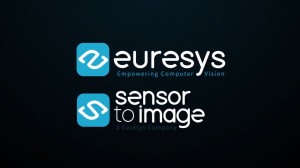
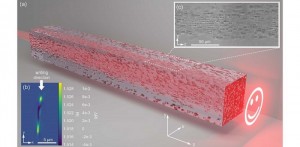
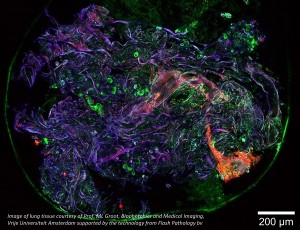

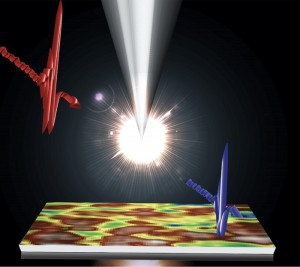

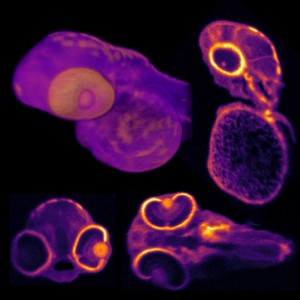
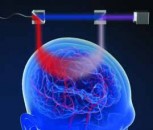

















 Back to Blog
Back to Blog